

 |
 |
|
|||||||
| Home | Forums | Gallery | Webcams | Blogs | YouTube Channel | Classifieds | Calendar | Register | FAQ | Donate | Members List | Today's Posts | Search |
 |
|
|
Thread Tools | Display Modes |
|
|
#1 |
|
Senior Member
Join Date: Nov 2003
Location: Central NH
Posts: 5,252
Blog Entries: 1
Thanks: 1,451
Thanked 1,349 Times in 475 Posts
|
Can anyone help identify these wildflowers and bush?
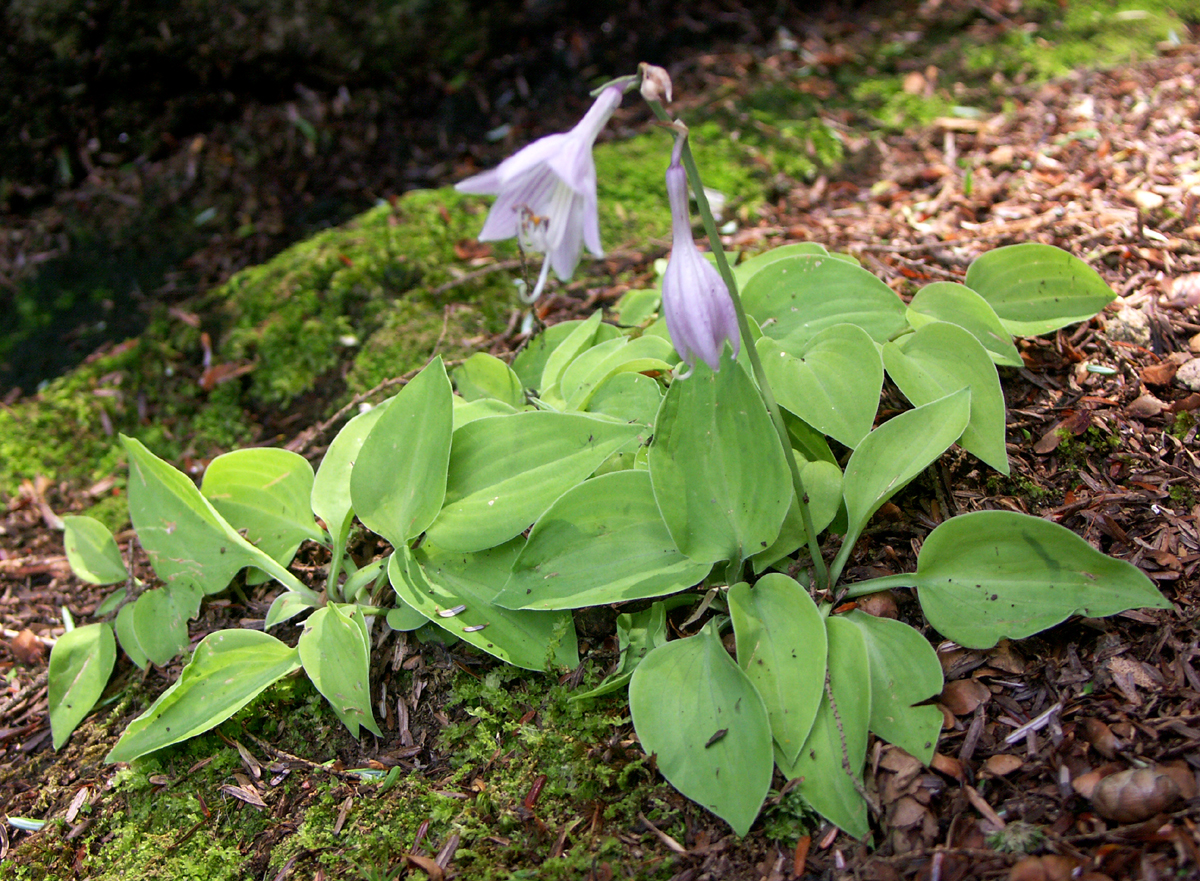 Rattlesnake Island Wildflower - They bloom late June into July  Wildflower from Rattlesnake Island - Blooms mid September 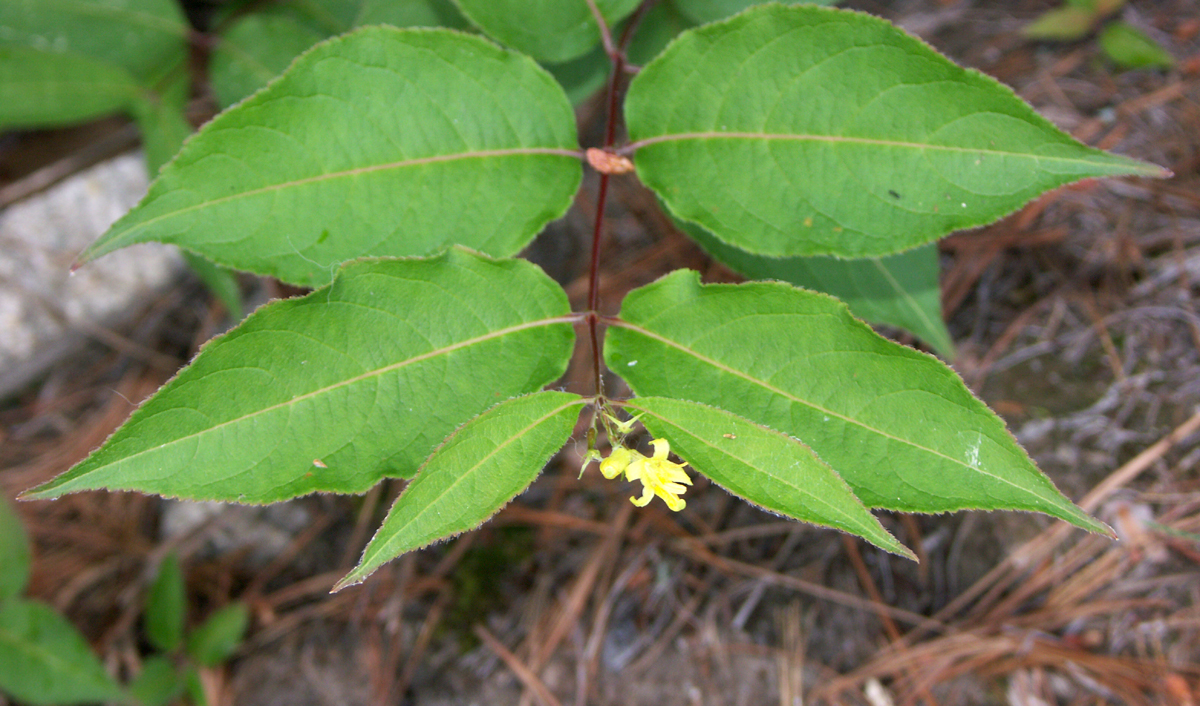 Rattlesnake Wildflower - Blooms June into July 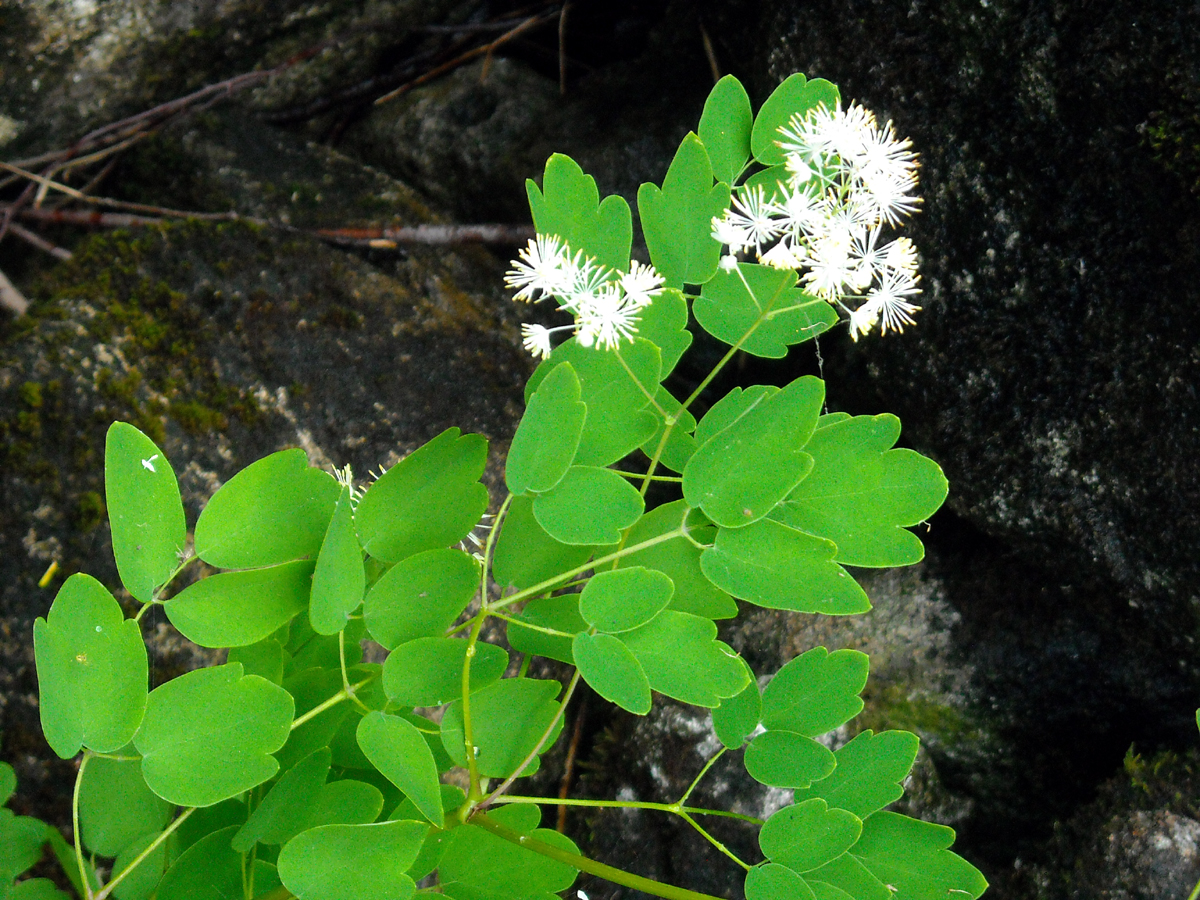 White Wildflower with Interesting Leaves 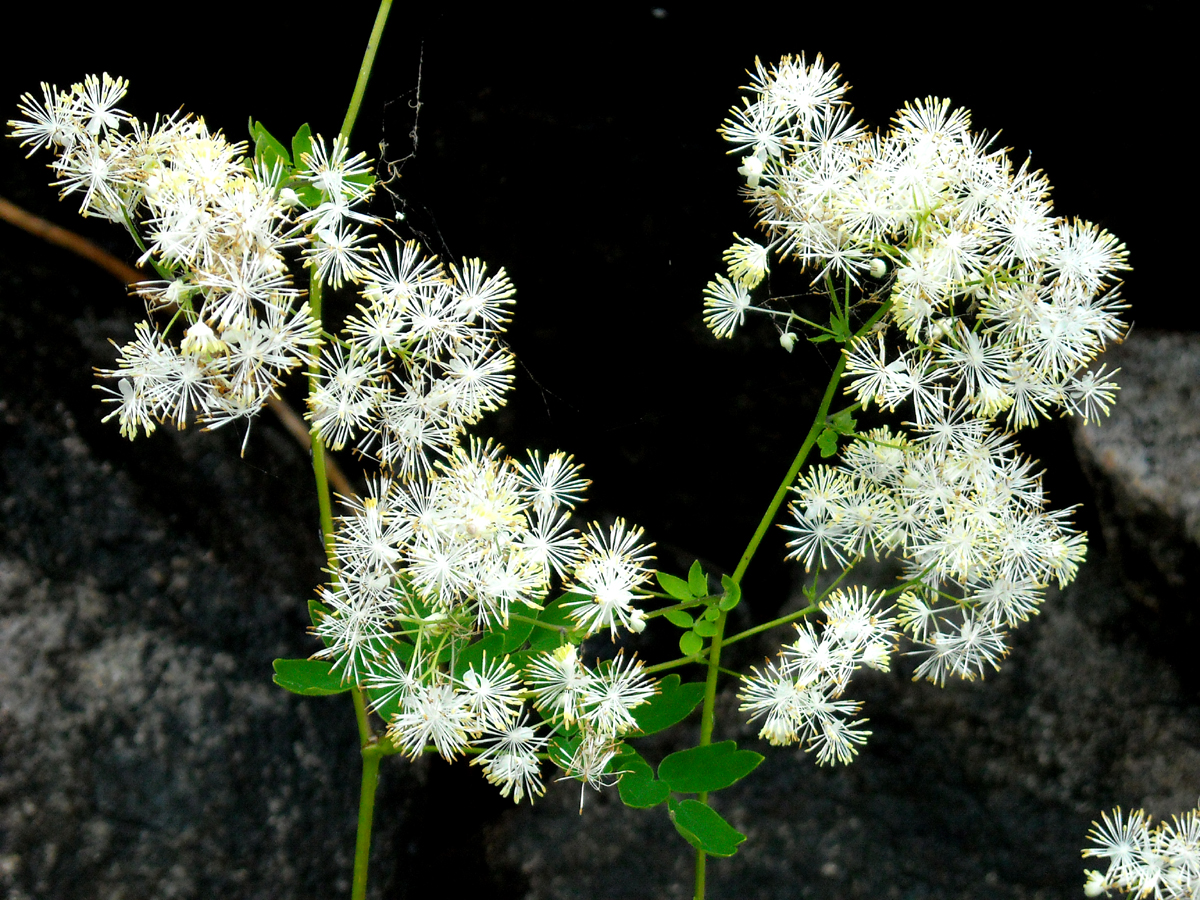 Closer shot of White Wildflower on Rattlesnake - Blooms in July  Wildflower on Rattlesnake Island- Blooms in July  Wild Berry Bush - Berries turn dark, almost black in August-September Thanks for the help! |
|
|

|
|
|
#3 |
|
Senior Member
Join Date: Apr 2004
Location: Laconia, NH
Posts: 1,284
Thanks: 409
Thanked 155 Times in 40 Posts
|
The first photo is a plant called Campanula. It's common name is BellFlower, and there are a number of varieties - most are blue or white.
The white-blossomed plant with the interesting leaves is a wild Aster. They are very hearty and will survive even the most punishing winters. They make a great addition to a cut-flower bouquet. The very last one - shown in the separate post - is indeed a wild orchid. I used to have them at my old house - they're another amazingly hearty variety. The one under the Aster could possibly be a wild Columbine, based upon the leaves, but I can't be sure without a closer view of the blossom. Any chance you got a close-up? 
__________________
Never waste time lamenting what was. Simply celebrate what is! 
|
|
|

|
|
|
#4 | |
|
Senior Member
Join Date: Apr 2004
Posts: 150
Thanks: 0
Thanked 68 Times in 19 Posts
|
Quote:
http://www.kswildflower.org/flower_d...p?flowerID=516
__________________
Scott |
|
|
|

|
|
|
#5 |
|
Senior Member
Join Date: Oct 2004
Location: Alton
Posts: 1,908
Blog Entries: 1
Thanks: 533
Thanked 579 Times in 260 Posts
|
My kids love jewelweed - we have a bunch of it by the brook that runs by our house. The seedpods are sorta spring-loaded - you touch them and they POP! (The boys squeal and giggle and look for more...)
|
|
|

|
| Sponsored Links |
|
|
|
|
#6 |
|
Senior Member
Join Date: Sep 2007
Posts: 368
Thanks: 0
Thanked 67 Times in 38 Posts
|
I agree with Scott that the last photo is Jewel Weed (commonly known as Touch-Me-Nots or Snapweed). When ripe you can barely touch them as they will explode scattering their seeds in all directions. It was a fun thing to do as kids to watch them explode. They grew in abundance on our property. There were no video games in those days and we made our own simple fun, learning about nature in the process.
I thought the white one with the "interesting leaves" was Tall Meadow Rue, but I am no expert and Pepper may be correct in identifying it as wild Aster. The wild asters that grow on my property are lilac in color with yellow centers, but I believe some varieties are white. Meadow Rue grows up to six feet tall. |
|
|

|
| The Following User Says Thank You to Chickie For This Useful Post: | ||
Pepper (08-30-2011) | ||
|
|
#7 | |
|
Senior Member
Join Date: Apr 2004
Location: Laconia, NH
Posts: 1,284
Thanks: 409
Thanked 155 Times in 40 Posts
|
Quote:

__________________
Never waste time lamenting what was. Simply celebrate what is! 
|
|
|
|

|
|
|
#8 |
|
Senior Member
Join Date: Sep 2007
Posts: 368
Thanks: 0
Thanked 67 Times in 38 Posts
|
I think the bush with the berries is a black elderberry bush. I have a couple similar looking bushes on my property and my Mom always said they were elderberry bushes. Not absolutely sure of the one in your photo, but that would be my uneducated guess.
The photo of the yellow flowers looks familiar and I know I've seen that "stuff" somewhere before but can't put a name to it. RG, you should consider putting together a pictorial book on "Wildflowers of the Lakes Region". Those photos are absolutely spectacular - so sharp and clear. Good job. Wildflowers are really beautiful when you stop and look at them. Unfortunately, we usually think of them as weeds and pass them by. |
|
|

|
| The Following User Says Thank You to Chickie For This Useful Post: | ||
Pepper (08-31-2011) | ||
|
|
#9 |
|
Senior Member
Join Date: May 2005
Posts: 75
Thanks: 62
Thanked 16 Times in 9 Posts
|
The yellow flower looks like potentilla.
|
|
|

|
|
|
#10 |
|
Senior Member
Join Date: Nov 2003
Location: Central NH
Posts: 5,252
Blog Entries: 1
Thanks: 1,451
Thanked 1,349 Times in 475 Posts
|
Unfortunately I don't think that I have a closer shot of the possible wild columbine. I will keep looking, through my files, you never know. I take so many pictures.
 Here are some other shots of the yellow flower that may be of help: 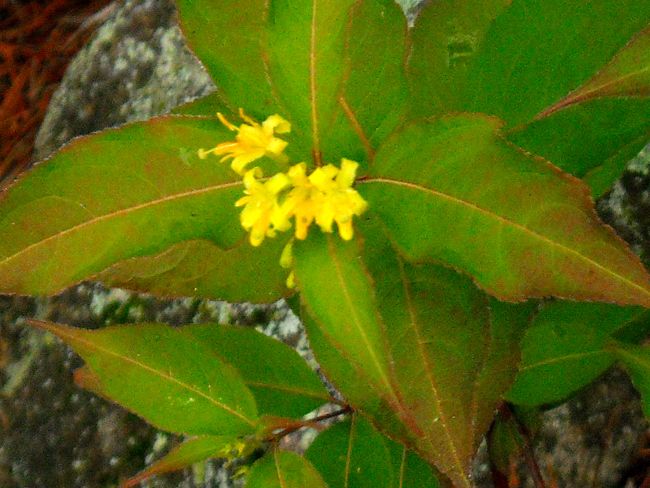 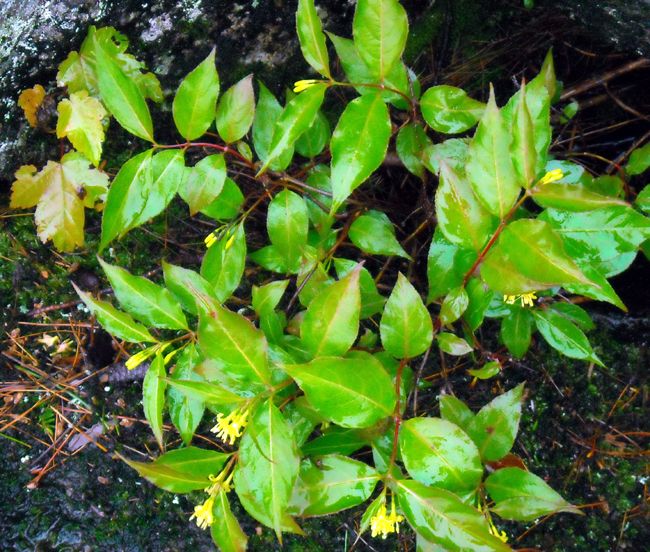 Thanks for the photo compliment Chickie!  My camera was having trouble focusing on the flower portion of the plant, which made it difficult. Thank goodness for digital pictures! My camera was having trouble focusing on the flower portion of the plant, which made it difficult. Thank goodness for digital pictures! I too thought that JP's wildflower was a Spotted Touch-me-not. What a fun flower! Thanks for relating your experiences. Do any other Forum members have wildflower pictures to share? |
|
|

|
|
|
#11 |
|
Senior Member
Join Date: Sep 2007
Posts: 368
Thanks: 0
Thanked 67 Times in 38 Posts
|
I set out on a field trip to my back yard this morning in hopes of finding the elusive yellow flower. I knew I had seen it somewhere in my travels. I found it growing near my rhubarb patch, beckoning me over to take a closer look. Then armed with my mother's "Flower Guide to Flowers East of the Rockies" (copyright 1916), I began my search for identification. I believe it is one of two options (both members of the same family of plants). It is either the Evening Primrose or the Sundrop. I tend to lean on the side of the Primrose but it could be either. Of the Primrose it says, "It is an exceedingly common biennial plant of nocturnal habits, the flowers spreading wide at dusk and partly or wholly closing the next morning." I Googled the names and found numerous photos, so you can draw your own conclusions.
|
|
|

|
|
|
#12 |
|
Member
Join Date: Dec 2004
Posts: 26
Thanks: 0
Thanked 0 Times in 0 Posts
|
1 – hosta
2 – evening primrose 3 – bush honeysuckle 4 – tall meadow rue 5 – (same) 6 – pale corydalis 7 – ? Separate frame / orange flower – jewelweed |
|
|

|
|
|
#13 |
|
Senior Member
Join Date: Sep 2007
Posts: 368
Thanks: 0
Thanked 67 Times in 38 Posts
|
I agree with Pepper that the first photo is Campanula (commonly known as the bell flower).
I have reversed my opinion on the yellow flowers I have growing in my backyard. What I first thought to be Evening Primrose, I now believe to be Sundrop. Venturing out at dusk last night, I found the flowers had closed, whereas the Primrose purportedly opens at that time of day and closes in the morning. I also learned that the Primrose has a larger blossom and grows much taller than the Sundrop. Very similar in appearance but the Sundrop is a smaller plant. The photo posted above may well be that of an Evening Primrose, but what I have growing here is Sundrop. The test would be whether it opens or closes at dusk and how large the blossoms are. |
|
|

|
|
|
#14 |
|
Senior Member
Join Date: Nov 2003
Location: Central NH
Posts: 5,252
Blog Entries: 1
Thanks: 1,451
Thanked 1,349 Times in 475 Posts
|
I e-mailed NH Wildflowers and UNH Cooperative Extension and asked them what their thoughts were regarding my plants.
To me, the first plant looked very similar to a hosta, not exact, but similar.  Rattlesnake Island Wildflower - They bloom late June into July Both NH Wildflowers and UNH Cooperative Extension agree. NH Wildflowers thought was that it is a traditionally cultivated plant that perhaps wandered away from captivity. _________________________  Wildflower from Rattlesnake Island - Blooms mid September After spending a few hours searching the internet, I thought the second flower looked like a fern-leaf false foxglove. NH Wildflowers thought so too. UNH Cooperative Extension thought, like Chickie, that it might be an evening primrose. I am pretty sure it blooms during the day. I will definitely have to take more and better shots next year!!! _________________________  Rattlesnake Wildflower - Blooms June into July With my research, I thought perhaps this was some kind of honeysuckle. NH Wildflowers & UNH confirmed this as a Northern Bush Honey Suckle. _________________________  Closer shot of White Wildflower on Rattlesnake - Blooms in July They both confirmed that Chickie was correct that this is Tall Meadow Rue.  _________________________  Wildflower on Rattlesnake Island- Blooms in July NH Wildflowers said that this plant appears to be a Pale Corydalis, also known as Tall Corydalis (Corydalis sempervirens). The blossoms are quite attractive with their combination of pink and yellow. The lower leaves have 3-5 lobes and leaf stalks, and as you go up the plant stem the leaves become smaller and stalk-less. The flowers are 1/2 to 5/8” (1.2-1.5 cm) in length, with about 1/3 of that length being the blossom’s “spur” which hangs out the back. We do not yet have this plant on the website either, although we have its cousin, the Golden Corydalis. UNH Cooperative Extension says this is Pale Corydalis too. _________________________  Wild Berry Bush - Berries turn dark, almost black in August-September Both were unable to identify this plant. When the berries change, I will be sure to get pictures. That might help a lot. _________________________ 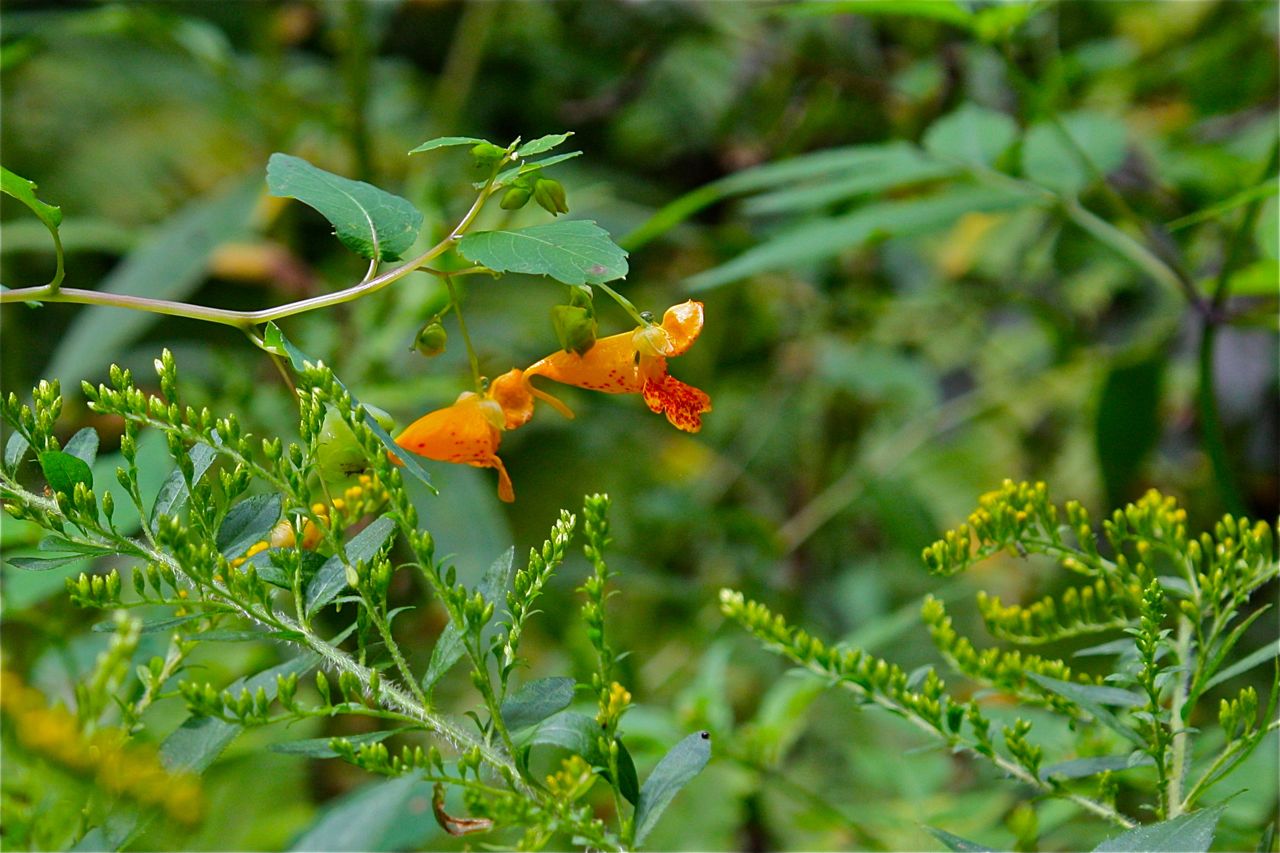 Jewelweed/Spotted Touch-me-not From the Gallery of Jonas Pilot Both NH Wildflowers and UNH Cooperative Extension agree that everyone was spot on with the Jewelweed/Spotted Touch-me-not, Thank you very much to all of you, NH Wildflowers and UNH Cooperative Extension for helping identify my wildflowers. I think I have a new hobby and I bet that I'll be needing more help. 
|
|
|

|
| The Following User Says Thank You to Rattlesnake Gal For This Useful Post: | ||
CateP (09-02-2011) | ||
|
|
#15 |
|
Senior Member
Join Date: Apr 2005
Location: Wolfeboro, New Hampshire is my home, 24-7-365
Posts: 1,686
Thanks: 1,047
Thanked 336 Times in 189 Posts
|
Does any know what this is?
|
|
|

|
|
|
#16 |
|
Senior Member
Join Date: Jan 2011
Location: Wolfeboro
Posts: 868
Thanks: 584
Thanked 540 Times in 210 Posts
|
There is a very helpful web site that has eguides (field guides) for:
It has a fairly intuitive search function that can help you narrow down your search. I am looking for a good mushroom guide for the area as I seem to be noticing them a lot more on my walks and am wondering what I am seeing. |
|
|

|
|
|
#17 |
|
Senior Member
Join Date: Sep 2007
Posts: 368
Thanks: 0
Thanked 67 Times in 38 Posts
|
Jonas Pilot,
It could be Rattlesnake Weed or Canada Hawkweed, but don't take it to the bank. I would need a photo of the leaves. Are they sharply toothed? Do they have purple veins? How tall does it grow? |
|
|

|
|
|
#18 |
|
Senior Member
Join Date: Apr 2005
Location: Wolfeboro, New Hampshire is my home, 24-7-365
Posts: 1,686
Thanks: 1,047
Thanked 336 Times in 189 Posts
|
Leaves from yellow flower.
Here's a hint for Chickie. To my knowledge it's not a wild flower. |
|
|

|
|
|
#19 |
|
Senior Member
Join Date: Sep 2007
Posts: 368
Thanks: 0
Thanked 67 Times in 38 Posts
|
Definitely not Rattlesnake Weed or Canada Hawkweed. If it is a cultivated plant, my 1916 "Guide to Wildflowers" won't be of much use, I'm afraid.
|
|
|

|
|
|
#20 |
|
Senior Member
Join Date: Apr 2005
Location: Wolfeboro, New Hampshire is my home, 24-7-365
Posts: 1,686
Thanks: 1,047
Thanked 336 Times in 189 Posts
|
It's the flower and "late" leaves of a romaine lettuce plant. After the leaves got too bitter to harvest I just let it go. I was surprised by the beautiful flower. It is very sensitive to light and only opens up on direct sun light, I think.
|
|
|

|
|
|
#21 |
|
Senior Member
Join Date: Sep 2007
Posts: 368
Thanks: 0
Thanked 67 Times in 38 Posts
|
This morning I ventured out on another field trip - this time in search of the elderberry bush I remembered growing on my property. After hacking through the thorny rosebushes and damnable bittersweet, I found it nestled along the banks of the brook, sharing the spot with Jewelweed.
The bush is about five feet tall and is loaded with bunches of black (or very deep purple) berries. The leaves are elongated, growing five to seven in clusters on the stem and are rather sharply toothed. From what I observed, I determined that the photo you posted, RG, is not elderberry. Sorry to say, but that one must continue to be known as the mysterious wild berry bush. |
|
|

|
 |
| Bookmarks |
|
|